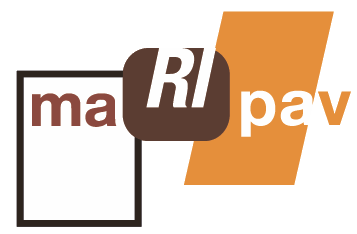2. credit Quality assessment: evaluating the financing quality of loans is crucial for productive profile management. Financial institutions need to carefully evaluate borrowers’ creditworthiness, taking into account factors such as income, collateral, credit history, and the purpose of the loan. For instance, a bank might assign credit scores to fund according to the borrower’s exposure profile. This helps in pinpointing large-exposure loans that require closer monitoring and potential mitigation strategies.
3. Monitoring and Reporting: loan portfolio management involves continuous overseeing and you can reporting away from secret metrics to ensure the portfolio’s health and performance. Financial institutions use various tools and systems to track and analyze loan data, including loan origination, payment history, delinquency rates, and default rates. Regular reporting enables institutions to identify trends, assess the portfolio’s overall performance, and make informed decisions regarding risk mitigation or strategic adjustments.
Because of the understanding the the inner workings from mortgage collection management, creditors is also navigate the difficulties out-of an active financing ecosystem if you are boosting success and you may reducing exposure
4. Risk Management: Effective loan portfolio management requires robust risk management practices. Financial institutions need to identify, measure, and control the different types of risks associated with loans, such as credit risk, interest exposure, liquidity risk, and operational risk. For example, establishing credit limits, function appropriate interest rates, and implementing risk minimization procedures like loan losses specifications are essential to ensure the portfolio’s stability and profitability.
5. Regulatory Compliance: Financial institutions must adhere to regulatory requirements governing loan portfolios. These regulations aim to safeguard the interests of both the lending institution and the borrowerspliance includes maintaining adequate capital reserves, conducting fret screening, and adhering to reporting standards. For instance, banks may be required to manage a specific capital adequacy ratio and provide regular disclosures on their loan portfolio’s composition and performance.
In the course of time, dealing with financing profiles is a complex task you to means a holistic approach, combining risk management, variation, credit assessment, overseeing, and you may compliance.
Loan repayment metrics are measurements used to evaluate a borrower’s ability to make timely loan places Franklin Park repayments. These metrics provide insights into the borrower’s financial situation, indicating the likelihood of loan default and the overall risk associated with lending. By analyzing these metrics, lenders can assess the creditworthiness of potential borrowers and make informed choices from mortgage approval and terms.
1. debt-to-Earnings proportion (DTI): This metric measures up a beneficial borrower’s full monthly loans money on the month-to-month money. It assists lenders assess the borrower’s capacity to accept extra financial obligation and work out fast costs.
Example: What if John keeps a month-to-month earnings out-of $5,000 and you may will pay $step one,two hundred into present debt obligations, along with car and truck loans and you can mastercard payments
His DTI ratio was 24% ($step 1,2 hundred / $5,000), demonstrating that he keeps 76% of his monthly money offered to coverage the mortgage repayments.
2. Loan-to-Worthy of Ratio (LTV): LTV proportion measures up the borrowed funds amount to brand new appraised value of the newest security securing the mortgage. It’s widely used in home loan financing to evaluate the danger off lending from the property’s worthy of.
Example: Sarah wants to purchase a property valued during the $300,000 and enforce to own a mortgage loan off $250,000. Their LTV proportion could be % ($250,000 / $300,000), which shows that the loan number is actually % of the property’s worth.
3. payment-to-Income ratio (PTI): PTI proportion measures this new borrower’s feature to meet loan payments based on their monthly income. It considers the loan payment as a percentage of the borrower’s gross monthly income.
Example: Mark earns $6,000 per month and you can desires to see a consumer loan having a payment out of $step 1,000. His PTI proportion was % ($step 1,000 / $6,000), appearing that mortgage payment makes up % out of his month-to-month earnings.
